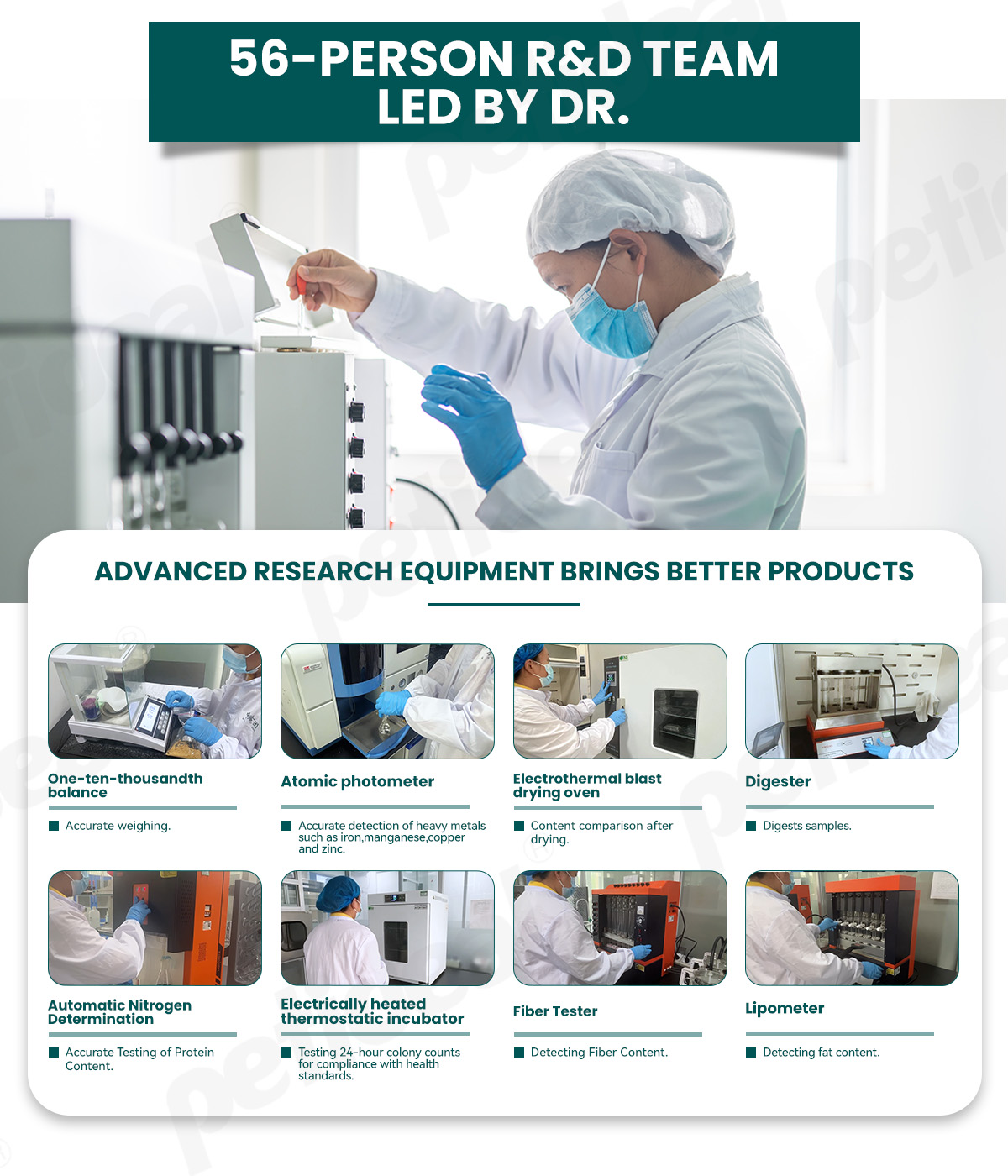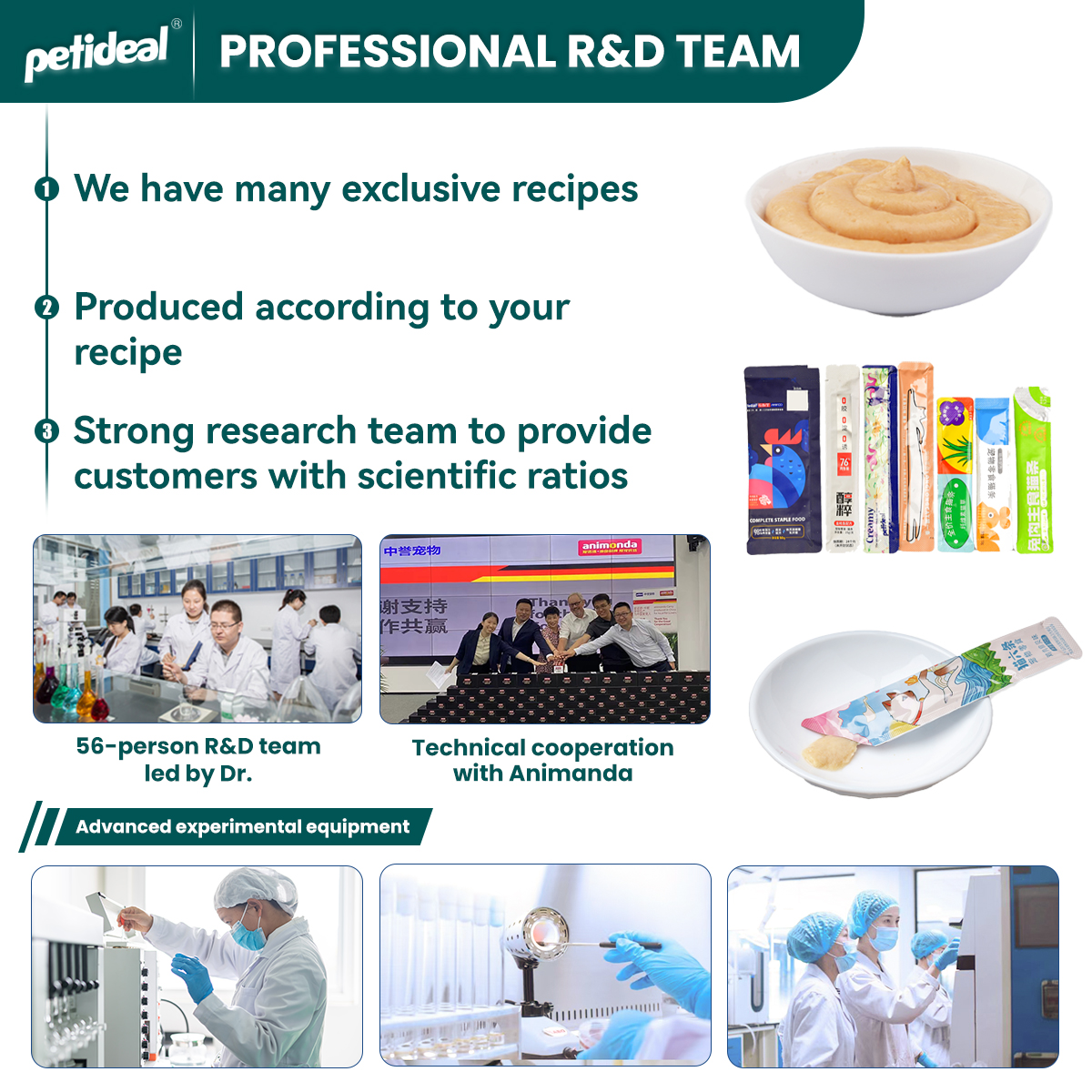How to change cat food more scientific
2024-08-26 | Association Resources
Changing your cat's food is a process that requires careful handling to ensure a smooth transition for your cat's digestive system. Here are some scientific methods for changing cat food:

1. Gradual Transition: Start by adding a small amount of new cat food to the cat's existing diet, then gradually increase the proportion of new cat food. For example, on the first day, mix 90% old cat food with 10% new cat food, on the third day adjust to 70% old cat food and 30% new cat food, on the seventh day adjust to 30% old cat food and 70% new cat food, and by the tenth day, completely switch to new cat food. This process can be extended according to the cat's acceptance level.

2. Choose New Food with Similar Nutrition: The protein and fat content of the new cat food should be similar to that of the old cat food to reduce the risk of gastrointestinal discomfort. If the cat has been eating cat food mainly made of chicken, the new cat food should also be mainly chicken-based, with fish or duck as a secondary ingredient, to avoid directly changing to another flavor.

3. Monitor the Cat's Reaction: During the process of changing cat food, pay close attention to the cat's appetite and digestion. If the cat shows signs of vomiting, diarrhea, or loss of appetite, it may be that the transition is too fast or the new cat food is not suitable for the cat's digestive system. In this case, slow down the transition or consult a veterinarian.

4. Ensure Adequate Water: During the transition period, make sure the cat has enough water, which helps promote digestion and reduce discomfort from changing cat food.

5. Avoid Frequent Changes: Frequent changes in cat food can increase the burden on the cat's digestive system, leading to indigestion. Generally, it is recommended to change cat food only once every half a year or more to maintain the stability of the cat's digestive system.

6. Avoid Changing Food During Special Circumstances: Avoid changing cat food during the cat's vaccination and deworming period or when the cat's physical resistance is low to avoid discomfort from changing food.

7. Probiotics Assistance: During the transition period, you can also feed probiotics to help with digestion and avoid discomfort.

By following these methods, you can help your cat transition smoothly to new cat food while reducing digestive issues caused by changing cat food. If you are uncertain about your cat's adaptation, it is recommended to consult a veterinarian or a pet nutritionist for professional advice.
Related News

contact us
Get a Free Consultation
Tell us about your goals and let’s start the conversation
SUBMIT


